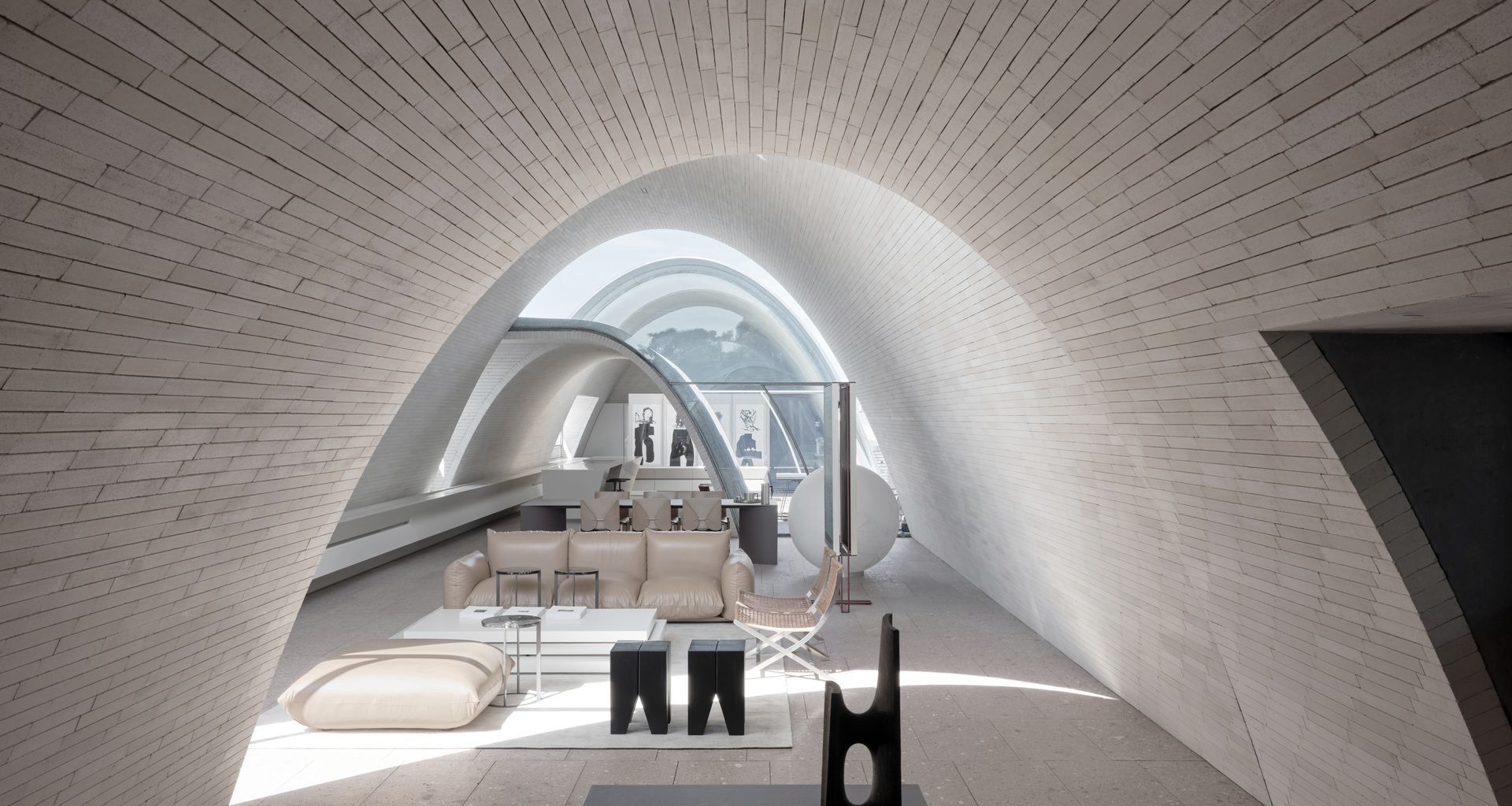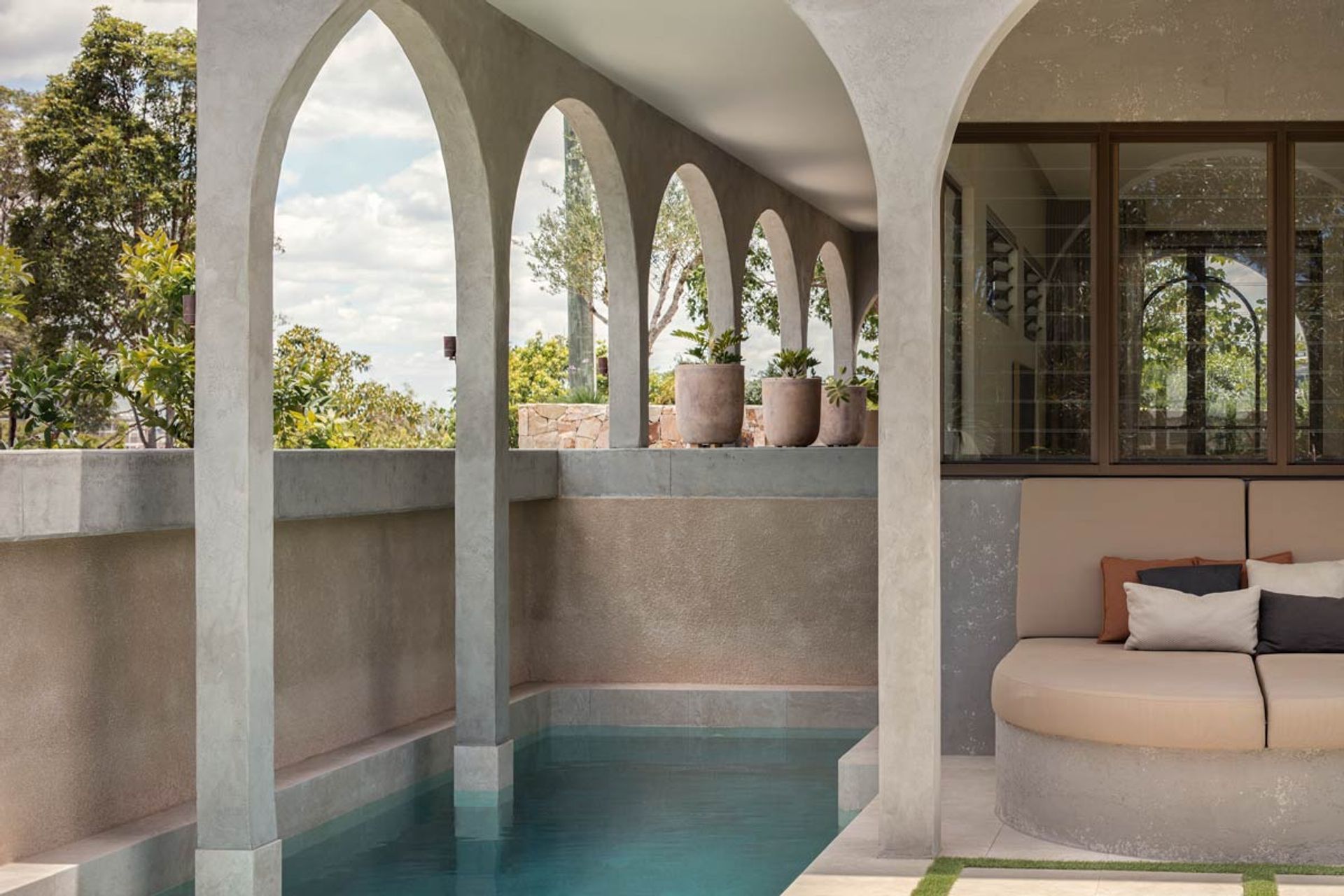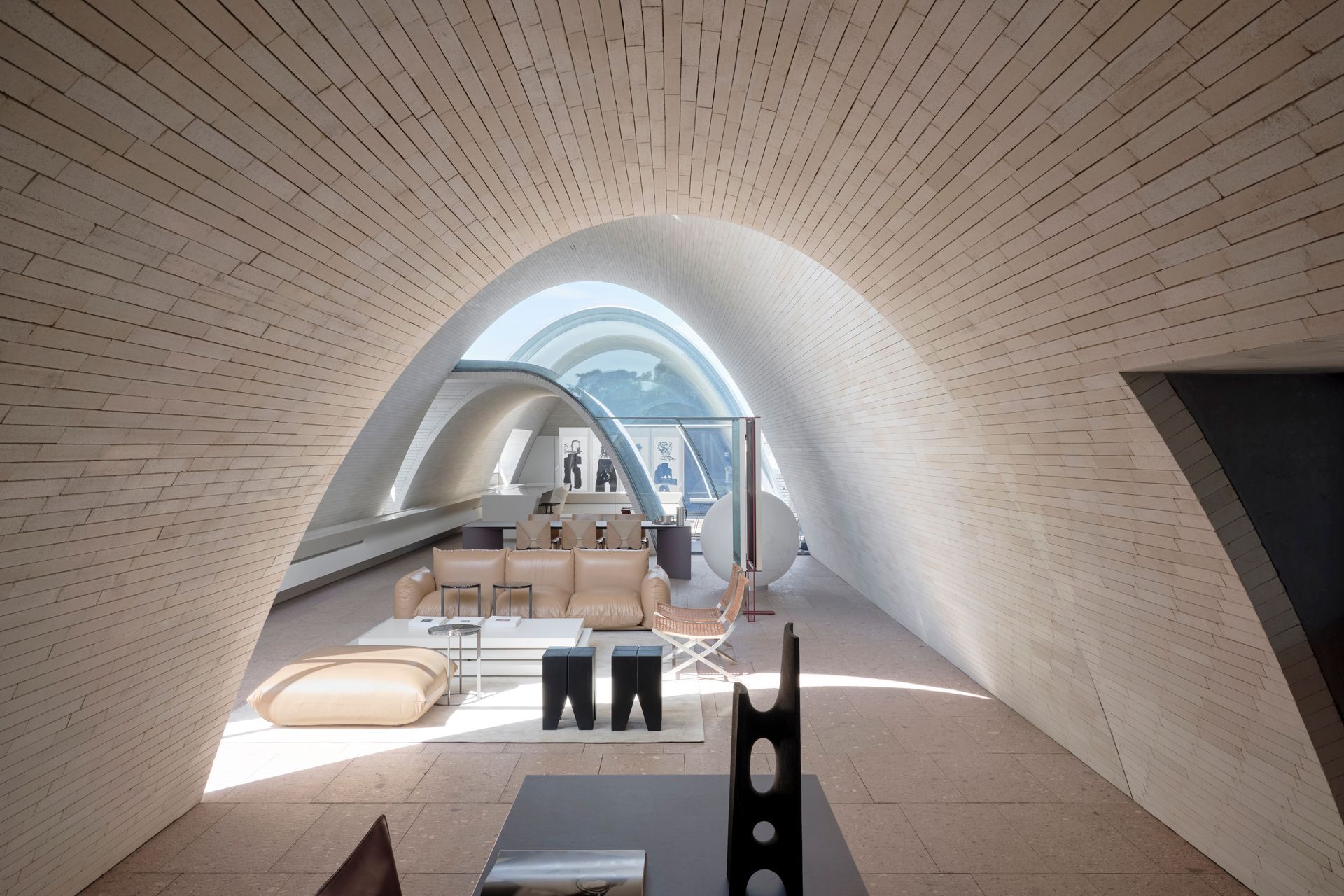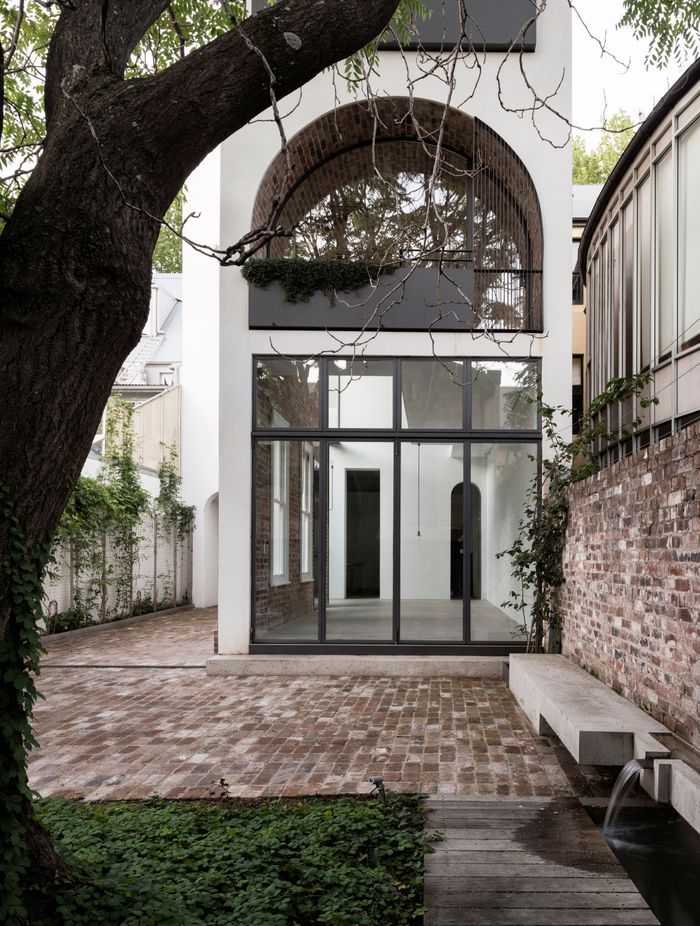The rise and fall of arches in architecture
Written by
26 March 2023
•
4 min read

Arches as a structural architectural element have been present within both residential and public buildings for thousands of years. Both practical and beautiful, archways were once considered one of the best structural support systems as they facilitated large spans of open space without the requirement of vertical supports or columns.
As such, evidence of arches can be found across the world in ancient Roman, Egyptian, Babylonian and Greek architecture, in viaducts, gothic cathedrals and other similar structures. However, as the use of steel, iron and concrete became commonplace in construction, arches were no longer necessary for structural support, and so the slow transition of arches into a decorative element began.

Cameo appearances
Arches in residential buildings steadily declined from this point, used only when a traditional or historically specific aesthetic was desired, but arches experienced brief moments in the spotlight following each of the World Wars. As both soldiers and immigrants made their way home, they brought knowledge of culture and design from other countries with them.
Homemakers and architects began to take inspiration from international trends, and Californian bungalows, Spanish mission homes, modernist and art deco aesthetics began to appear in suburban homes as a result – as did the decorative use of arches. The Spanish mission and modernist use of arches continued to appear in suburban homes well into the eighties.

The nineties saw homeowners embrace the idea of ‘personalising’ their homes, and the mainstream styles that we know today, such as coastal, minimalist, industrial, country, eclectic and bohemian themes emerged, as did the integration of technology. Consequently, arched doorways and decorative elements fell out of fashion – until now.

Making a comeback
Greece, Italy and the Mediterranean regions have become popular tourist hot spots recently, and fashionable travellers enamoured with the traditional rounded architecture of these destinations have replicated the aesthetics in their own homes. Arched doorways, windows, niches, bed heads, furniture and more are making a comeback – and it isn’t hard to see why. Through an interior design lens, arches accentuate the height of walls to create the illusion of space, add depth and dimension to a room, and imbue any home with an ‘old-world’ charm and gentle elegance.

Are arches here to stay?
Australia’s interest in interior design and architecture continues to grow year after year, and the success of reality renovation television series, magazines, websites, podcasts and influencers supports this notion. Aspirations of creating a ‘dream’ home that represents personal style and character have become a common pursuit, one that was magnified during the pandemic lockdowns. As a result, our collective appetite for adventurous interior and furniture design has grown, and curved, rounded, circular forms have become a fast favourite.
Read now: Why neotenic design is having a moment

From neotenic furniture and spiral staircases to arched doorways and windows, curves have well and truly become a mainstay within contemporary architecture and interior design. However, the key to thesuccessful implementation of arches is the customisation of such features to suit the architectural style of the home. A streamlined and contemporary residence calls for cleanly rendered arched doorways and windows, a federation or Edwardian home would be better suited to decorative iterations, while Mediterranean homes should lean into the traditional styling seen in Greece and Italy. Arches should be incorporated into both the interior and exterior of a home, and the radius of the arches should be consistent throughout.
The Answer? Arches – and curves of all types – are here to stay, as long as they feel authentic to the design vernacular of your home.
Read more advice articles on ArchiPro.